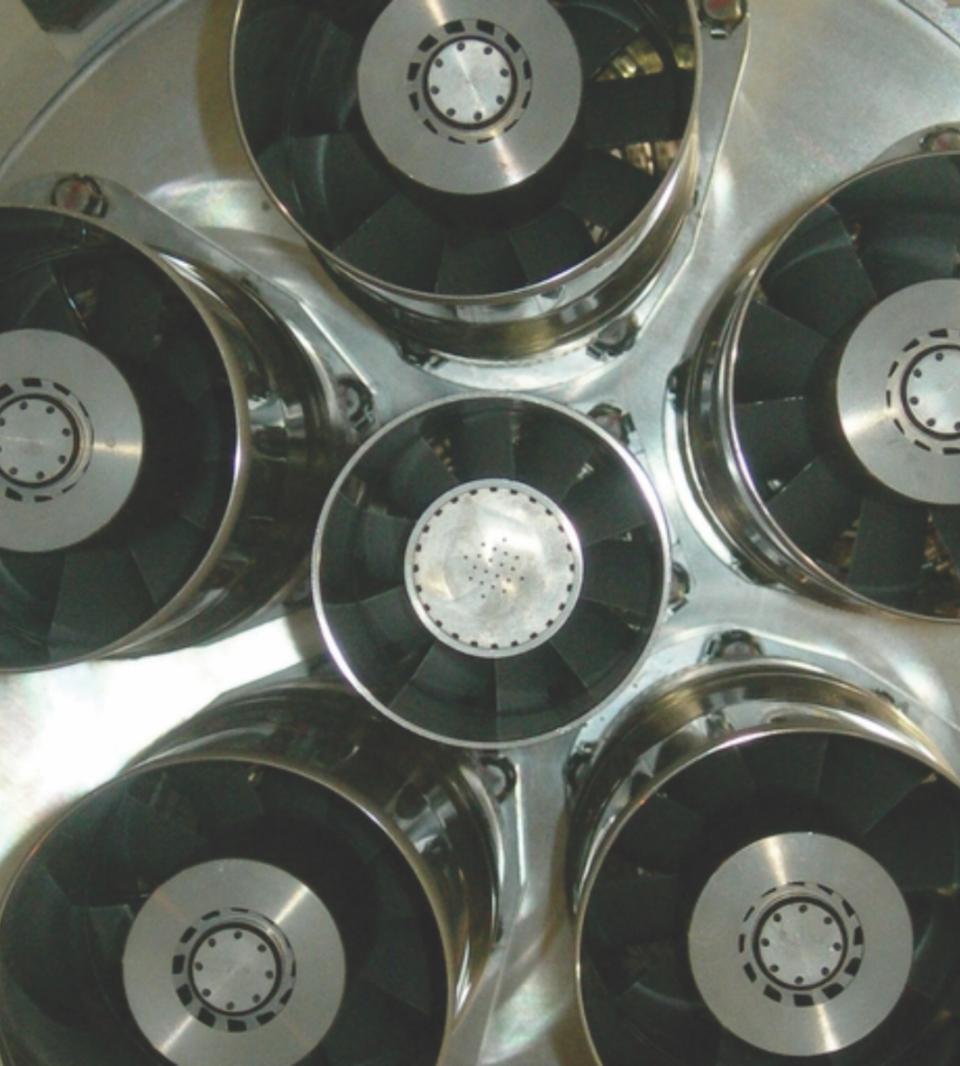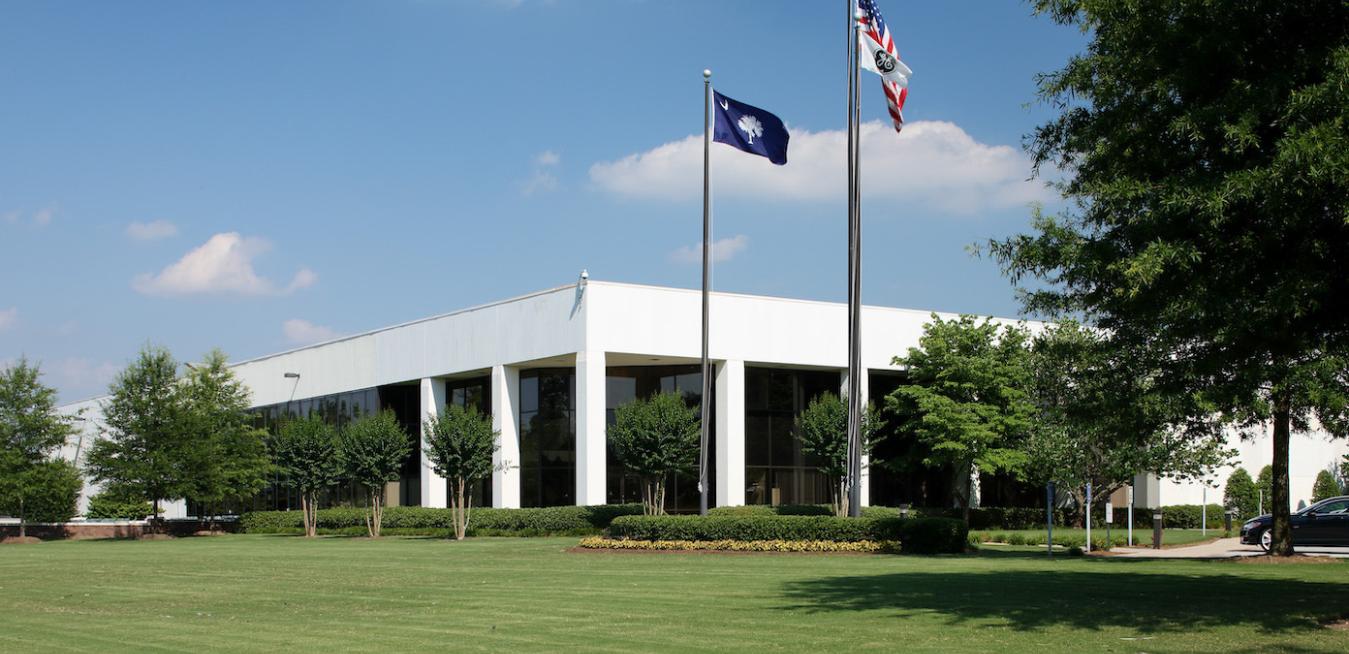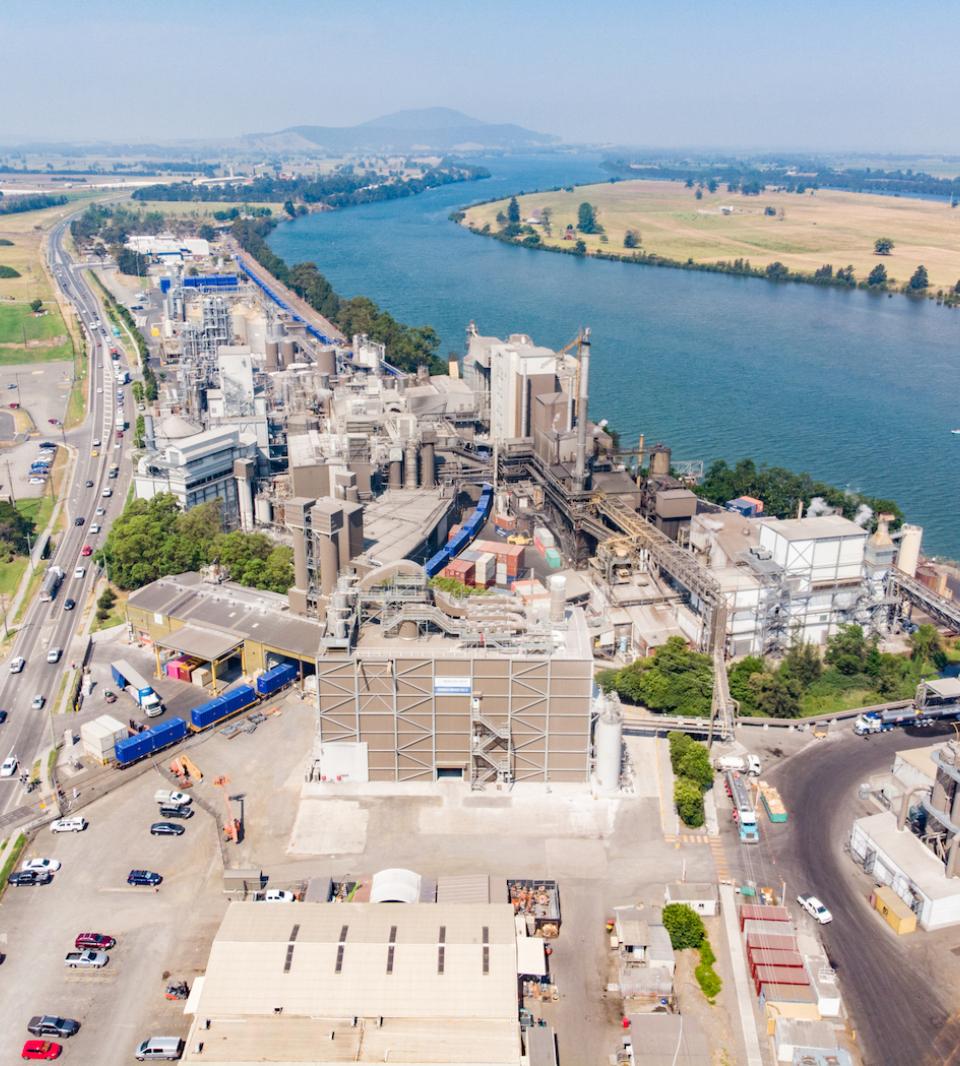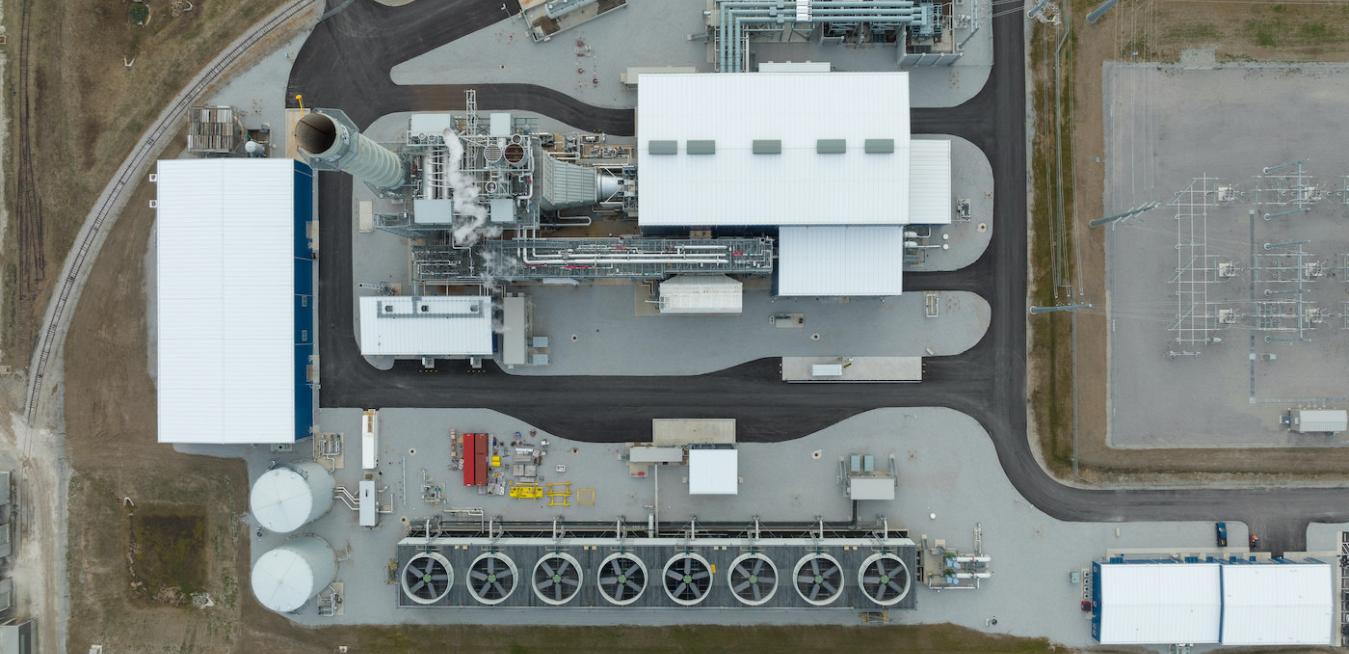- GE is Awarded two projects from the US DOE totaling more than $12M to develop and test key components required for high hydrogen combustion
- GE Gas Power will develop and test components with 100% hydrogen fuel stream
- GE Research will study the application of hydrogen components to create a substantial increase in power plant efficiency
- Projects will build upon GE’s H-Class recent “utility-scale” gas turbine demonstration utilizing hydrogen with Long Ridge Energy Terminal as part of world’s first advanced class Hydrogen Burn
business unit
tags
Natural gas seized a big growth opportunity this past decade when coal growth in power systems started to falter. Since 2011, the use of natural gas to produce electricity globally has expanded by an enormous 32%, more than twice the rate of coal growth, according to BP Statistical Review. GE’s most advanced gas turbines produce less than one-third the carbon emissions of coal-fired power plants of the same capacity.
Utilities around the world have been using turbines fueled by natural gas to generate electricity for decades. Power companies have long been drawn to their greater efficiency over earlier forms of electric generation, and their ability to power homes with fewer carbon emissions.
With the summer holiday season underway, air travel has bounced back from its lockdown doldrums. But so has the awareness of commercial aviation’s impact on the climate.
Airlines and aircraft and engine manufacturers want to be part of the conversation.
It’s been four years since aviation fans, industry executives, aerospace engineers and investors last descended on the local airport in Farnborough, a quiet town about an hour southwest of London. Normally, the Farnborough International Airshow takes place every two years, alternating with the Paris Air Show. Together, they are the focal point for the aerospace industry. The pandemic disrupted this rhythm, but starting Monday the Farnborough show is back on track.
Aviation accounts for about 2.5% of global carbon emissions. That’s why GE Aviation, CFM International — a 50/50 joint company between GE and Safran Aircraft Engines — and their airline industry and government partners are working hard to come up with solutions to reduce flight’s carbon footprint. As GE unveils its 2021 Sustainability Report, we looked back at some of this year’s biggest developments, which include sustainable aviation fuel, software that improves efficiency, hybrid electric propulsion, hydrogen fuel and other technologies.
In 2020, GE made a commitment to become carbon-neutral in its own operations by 2030, and the following year the company announced that it is going even further, reaching net zero by 2050 — including the Scope 3 emissions that result from the use of sold products. As the company unveiled its 2021 Sustainability Report this week, we looked back at some of this year’s biggest developments, which include offshore wind, hydrogen fuel, carbon capture and sequestration, small modular nuclear reactors, pumped hydro and other technologies.
Coal-fired boilers have provided global industry with steam and power since the industrial revolution. But today, their high carbon emissions have become a liability. Given their steady and reliable output of energy, replacing them is far from simple. Australia’s Manildra Group, a large family-owned agribusiness, is now lighting the way.
- Demonstration signifies first time a GE H-Class “utility-scale” gas turbine is utilizing hydrogen in commercially operating power plant worldwide
- Project is major step in Long Ridge Energy Terminal’s plans to generate carbon-free electricity by transitioning their natural gas plant to run on hydrogen over time
- Project achieved the successful start of commercial operation in 2021 and demonstrated hydrogen fuel blending successfully in March 2022
HANNIBAL, OH – April 22, 2022 –GE (NYSE: GE) and Long Ridge Energy Termi
business unit
tags
The hills and valleys of eastern Ohio are no strangers to energy revolutions. Some 200 years ago, settlers in what is now the town of Caldwell drilled the first working oil well in the United States. Earlier this month, a new power plant located an hour away in the village of Hannibal, on the Ohio River, produced electricity with a fuel mix containing hydrogen.












